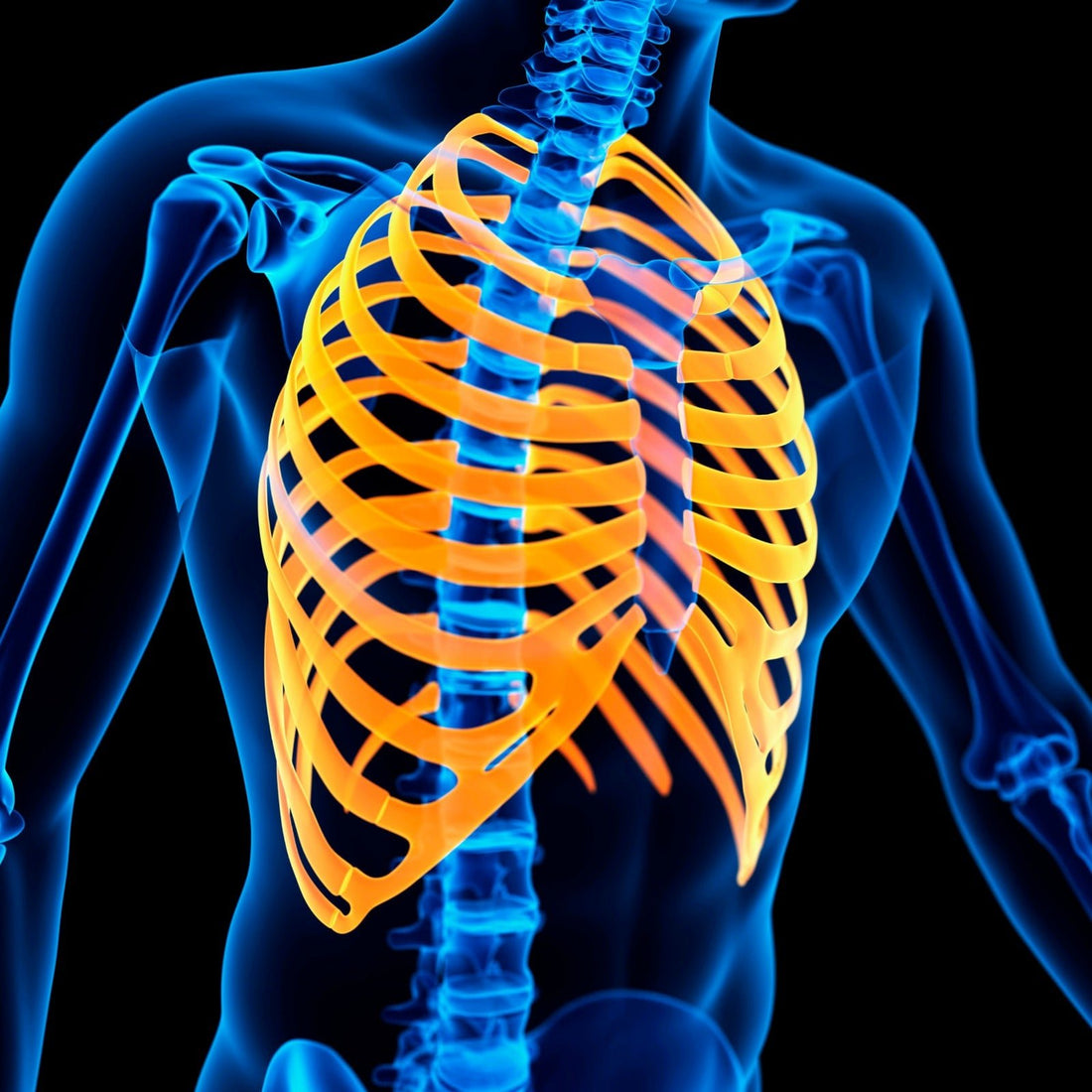ISA Narrow and APT?
David Monzón López
Share
Introduction
Seeing a narrow ISA with APT is quite common but it may not fit you with what we have seen so far. You may have even seen wide ISAs where there were none just to square theory with your experience. Don't worry, it's normal. That is why today we are going to see how the compensation layers evolve in this type of presentations.
ISA NARROW – First Layer
A narrow ISA features a pelvis in inhalation and spine in an inspiratory position . This causes the anterior part of the diaphragm to descend more than the posterior part, which leads to “falling forward.” External obliques close the ISA (opening some space posteriorly between T4-T7).

This generates more anterior compression than posterior and, therefore, a narrow ISA in the 1st layer will present greater RE than RI in addition to greater compression on the sides with the sacrum in contra nutation in the appearance of “ Flat Back ”.

ISA NARROW – Second Layer
This sensation of “falling forward” is compensated by compressing posteriorly at T5-T7, generating adduction of the scapulae . The lumbar extensor muscles become overactive, “pushing” the pelvis into an anterior inclination (in orientation, not relative movements).

In this presentation we already have a narrow ISA with an APT . At this point degrees of rotation are lost but some RI is gained . Remember that, although it is in an anterior orientation, the sacrum is in a relative contra nutation position.
NARROW ISA – Third Layer
If the person ends up "very pushed" forward, the Rectus Abdomen pulls the pubis upwards (in an inhalation strategy) and the Hip External Rotators pull the trochanter of the femur posteriorly, moving the femoral head anteriorly, leading to the well-known "" “Sway Back”.

At this point the person has lost virtually all rotation capacity (both external and internal). The sacrum is reoriented more posteriorly and “space” is created at the level of T8 to be able to insert air as an alternative to the degree of compression in which the person is.
How to work it?
At this point the stabilization and transfer of forces by the hip muscles is quite altered. For this reason, performing more technically complex exercises such as a squat may not be the best option. Think about it for a moment.
A squat needs a few degrees of RE/RI as the flexion progresses (flexion arc) that a person at this point will not have. In addition, it requires a correct respiratory pattern and deep stabilization system, which it will not have due to the altered position of the diaphragm, Tva, pelvic floor... and, finally, a correct timing of muscle recruitment (motor control) is required, which it will not have either. due to changes in the length-tension relationship of the entire musculature.


Come on, it's like asking an orchestra to play a symphony with its musicians in casts (without the ability to move), holding their instruments on one leg (poor stabilization) and with a score upside down (lack of coordination).
Therefore, in very compressed narrow ISAs, the ideal is to begin to generate posterior expansion (first gain some RE to be able to go to RI) in simple positions such as supine lying, hooklying, lateral positions and/or with many references (wall, rollers, fitballs, TRX…). We can also work standing with shortened ROMs and elevating the heels.
Once we manage to gain some RE we can combine this work with hip hinge work in low-intermediate positions and/or standing with reduced ROM at first and elevating the toes.
Conclusions
People generate layers of compensation based on our genetics, environment, repetition patterns, injuries, etc. These layers are intended to maintain the integrity of the person (breathing and fighting against gravity) based on the infinite circumstances that this person faces. experiencing throughout his life. They are not bad per se, since they are a patch so that we can “keep going.”
The problem is that they limit our ability to move, accumulating greater stress in certain structures, which will end up increasing the chances of suffering some type of pain or injury.
Therefore, in these situations you must progressively “restor” the person's ability to move and generate integrations with more complex exercises so that they last over time.
Hugs! 😊
Bibliography
- Conor Harris (2021). Biomechanics Program.
- Iñaki Posadas, Javier Larraya (2022). Human Performance Specialist. Movementmatters.

